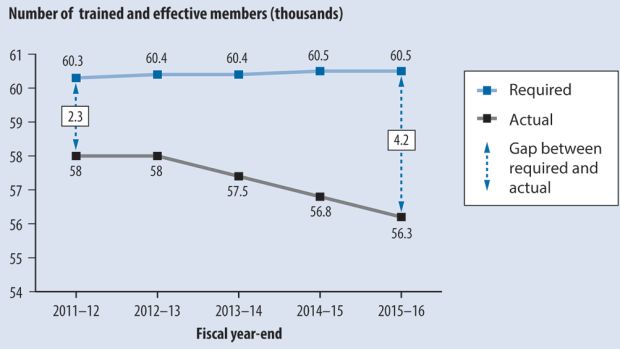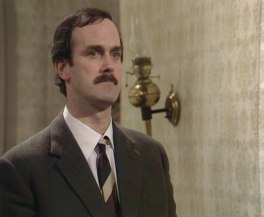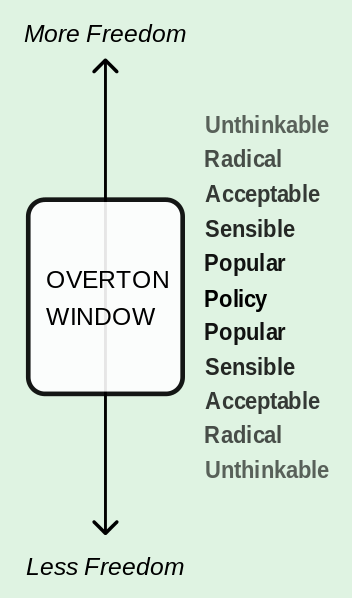During the last Ontario election, it was common to disparage Doug Ford as being “Trump-like”, and now that he’s the Premier, it turns out to be true in at least one aspect: Ford does have a Trump-like ability to induce a form of hysteria in his opponents. Ford’s crusade to liberalize Ontario’s alcohol market is a case in point. In the Toronto Star, all the old arguments against liberalization — usually portraying Alberta’s long-since liberalized market as a dystopian hell-hole of alcohol-shattered lives — are being dragged out again:
The key is that the Ford team doesn’t actually care about wine that will be sold in corner stores and more supermarkets. It’s a sop to tourists, which seems reasonable.
No, it cares about beer because beer is a social marker, a shorthand. Wine is considered urban but buck-a-beer is rural/semi-urban. Men drink it. Men with beerbellies drink it. To a government mysteriously seeking a vote that it already has, drinking beer is a signal that a man is a regular guy. But Ford is not a regular guy. He doesn’t drink. He’s not anxious. He’s not renting.
It is very much a problem that any government in power would believe this of the regular guy vote. Alcohol causes hospitalization, crime and early death. It destroys families and jobs, and eventually its victims drink to block out what they lost by drinking.
[…]
They may not know it, they may be doing it instinctively, but it is still madness. Alcoholics are costly to treat and they suffer terribly. Courting their vote comes courtesy of a report by a former health minister in Alberta where booze is sold in private liquor stores.
The problem, as Albertans know, is you’re too afraid to buy it. These stores are often shabby places that are magnets for violence. Watch out, Premier Ford, it’s Ontario and there’s going to be NIMBY.
I am aware that I’m writing like a preacher. Preach on, sister. Anyone over 30 learns to distinguish between people who drink for pleasure and those who cannot cope with it. We are horrified. We offer help.
Back in 2013, Colby Cosh neatly summarized the Ontario neo-prohibitionist rhetoric:
Albertans find it instructive to watch Ontario politicians debate the privatization of liquor retailing, which Klein’s cabinet bulldog, Dr. Stephen West, executed almost overnight in 1993. It was perhaps the representative policy move of the Klein era, the best symbol of his approach to government. Today one will hear Ontarians telling themselves the most bizarre things about Alberta in order to support the idiot belief that booze is a natural monopoly. “You can’t even get red wine there! All they have in the stores is various flavours of corn mash and antifreeze! The streets resound with the white canes of the blinded!” Talk to the saner residents and you rapidly discover the real root of Ontarians’ positive feeling for the LCBO, which is esthetic. It’s just nicer to buy a handle of Maker’s Mark from someone who makes a union wage and has a vague halo of officialdom. You leave the shop feeling okay about your vice.
Klein was liked by Albertans, not because of some mythic popular touch, but because there wasn’t an ounce of tolerance for this sort of thing in him. Alcohol was something he understood very well. (Too well.) People do not need liquor to be flogged to them any harder than the manufacturers already do; put a man in prison and he will make the stuff in the toilet starting on day two. What the old ALCB was really marketing to the public, and what the LCBO markets now, was itself — its own role as social protector/moral approver/tastemaker. Klein identified that part of the system as a parasitic growth, a vestige with no function but its own preservation; and he had West ectomize it with the swiftness of a medieval barber.








